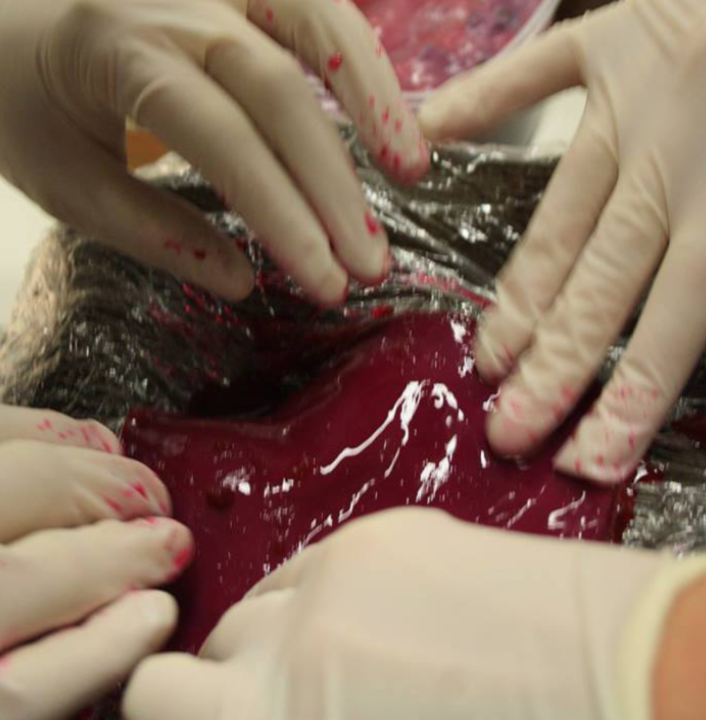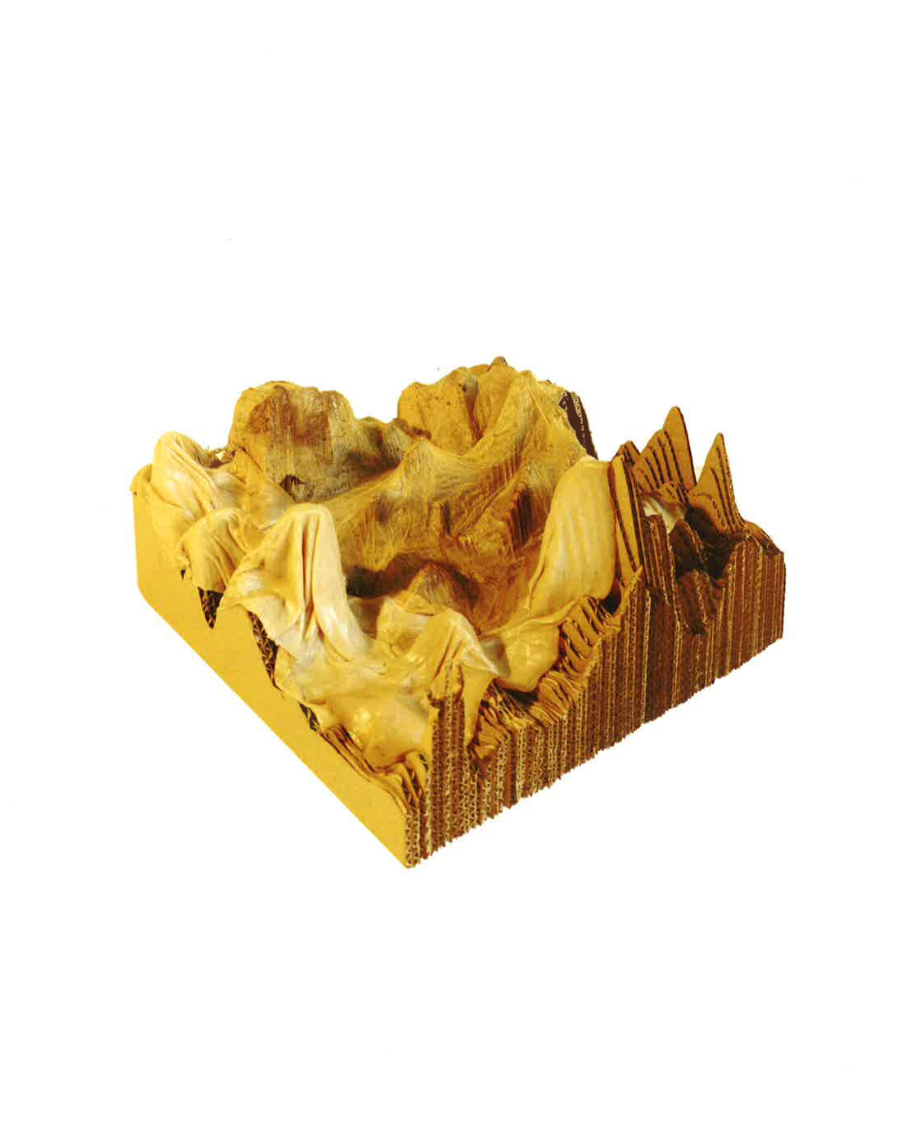Maroš Krivý and Matthew Gandy, “Zany Beetroot: Architecture, Autopoiesis, and the Spatial Formations of Late Capital,” Environment and Planning D: Society and Space 41, 6 (2023): 1058–1074.
Using a pedagogic experiment at an architectural school in Tallinn as an empirical and conceptual starting point, this article explores the significance of autopoiesis in contemporary urban design. We suggest that organic processes—in this case the use of vegetable peels as a novel substrate—have been widely deployed in architectural discourse as a form of biomimicry. At a theoretical level these conceptual moves mark part of a wider set of dialogues between the arts and the sciences that rest on a form of degraded or even “phantom” modernism. The article draws on various insights, including the recent work of Fredric Jameson and Sianne Ngai, to explore the changing relationship between aesthetic categories and critical theory in the urban arena. We argue that aesthetic motifs derived from nature, including various forms of organicist architecture, are being effectively recycled under the aegis of late capital.
Continue to the article...
Using a pedagogic experiment at an architectural school in Tallinn as an empirical and conceptual starting point, this article explores the significance of autopoiesis in contemporary urban design. We suggest that organic processes—in this case the use of vegetable peels as a novel substrate—have been widely deployed in architectural discourse as a form of biomimicry. At a theoretical level these conceptual moves mark part of a wider set of dialogues between the arts and the sciences that rest on a form of degraded or even “phantom” modernism. The article draws on various insights, including the recent work of Fredric Jameson and Sianne Ngai, to explore the changing relationship between aesthetic categories and critical theory in the urban arena. We argue that aesthetic motifs derived from nature, including various forms of organicist architecture, are being effectively recycled under the aegis of late capital.
Continue to the article...


